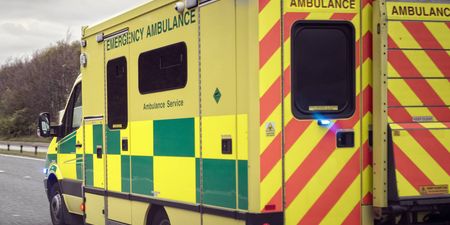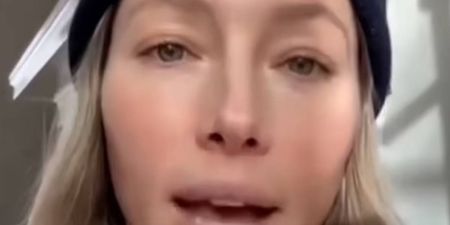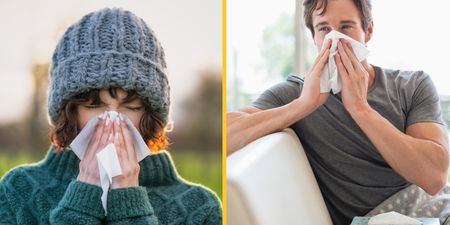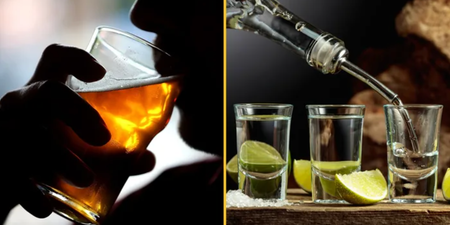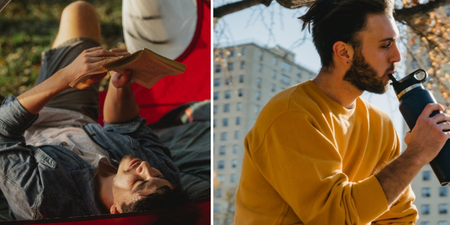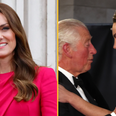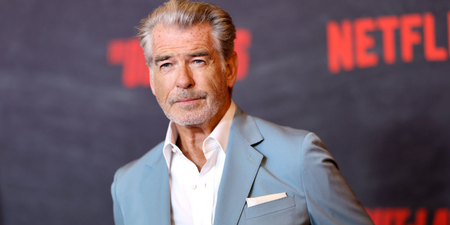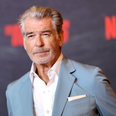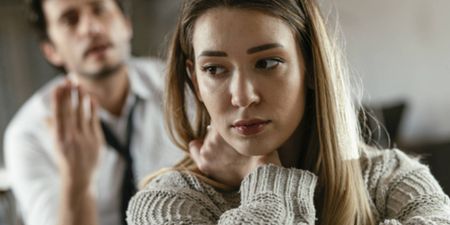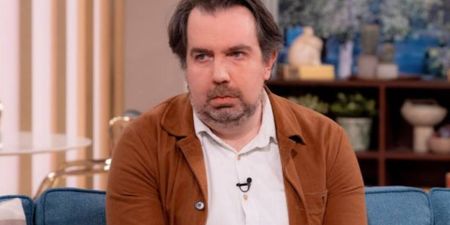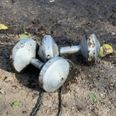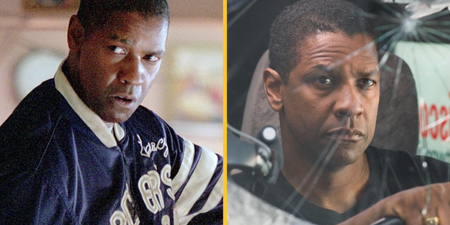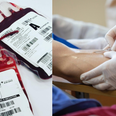From being unable to see out a match to claiming several Grand Slams and being named world number one, Novak Djokovic puts his remarkable turnaround down to his diet
A few years ago, Novak Djokovic was trying everything and anything that could help him get over the collapses he was repeatedly suffering in the middle of games, which were ultimately costing him the chance to claim Grand Slam glory.
Often, he would take several medical breaks in the space of a game, and even in the Australian Open once vomited violently during a toilet break from physical exhaustion.
Exhaustion indeed was his problem, in every sense of the word. He also at one point believed the problem was related to asthma, changed trainers, and even went as far as having nasal surgery. He even took up meditation and yoga to see if that would help. However, there was one thing he hadn’t tried, and Dr Igor Cetojevic, a nutritionist and compatriot of his, was on hand to offer one possible solution.
Cetojevic was sure, having watched Djokovic play, that he was allergic to wheat, and when the two did eventually meet, he proved it to the tennis star.
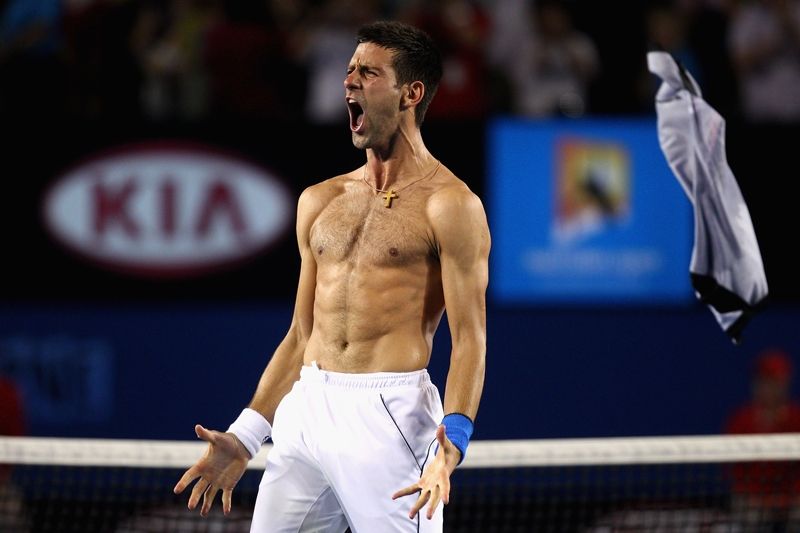
He asked him to hold his left arm against his abdomen, and then resist the pressure when he pushed down on Djokovic’s right arm, and being a strong, physically fit man, Djokovic found this quite easy. However, the next step was a bit more odd, as he gave Novak a slice of bread, told him to hold it in his left hand against his abdomen, and they repeated the experiment. Djokovic found he could no longer do it.
That served as enough proof to Djokovic that indeed he was unable to eat wheat – or even have it touch his skin – encouraging him to make a huge and dedicated change to his diet.
So what exactly is the diet all about? In simple terms, it looks to keep both gluten and dairy products out of his diet, and cutting out sugar wherever possible. He eats mainly vegetables, beans, white meat, fish, fruit, nuts, seeds, chickpeas, lentils and healthy oils, and also cuts out inappropriate sources of protein and carbohydrates. It should be noted, of course, that doesn’t mean no carbs.
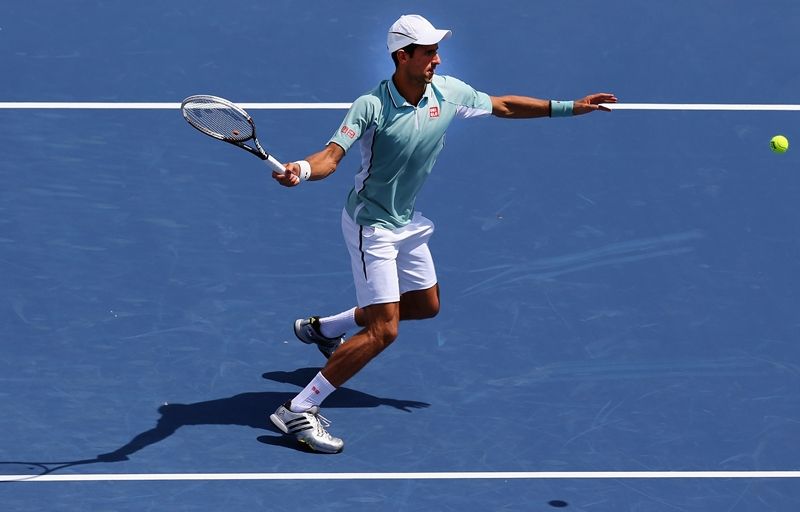
In terms of exercise, Djokovic starts his day with around 20 minutes of yoga or tai chi, after which he eats breakfast. He’ll then take to the court to with a training partner for an hour and a half, and does some stretching to cool down. He takes lunch, and then does a one-hour workout using weights or resistance bands, taking in a protein drink immediately afterwards to aid recovery. After that, he goes for another 90-minute hitting session, and once again stretches to cool down.
While all of this might not be practicable for us in our every day lives, the key points to take away from it are the timing of his exercising and his meals. He takes on food after his sessions, and also stretches, which is key for ensuring muscles stay limber and minimise any niggles that you might have. Importantly, he cooks all his own meals, and he also only concentrates on his food when eating, not reading or looking at his phone or a computer screen. Intense…
In his new book Serve to Win he goes in to some detail about what exactly he eats, and also gives out a sample three days from his diet, if you fancy trying it out yourself.
Day One
Breakfast: Water first thing out of bed; two tablespoons of honey; muesli (including organic gluten-free rolled oats, cranberries, raisins, pumpkin or sunflower seeds and almonds)
Mid-morning snack (if needed): Gluten-free bread or crackers with avocado and tuna
Lunch: Mixed-greens salad, gluten-free pasta primavera (including rice pasta, summer squash, courgettes, asparagus, sun-dried tomatoes and optional vegan cheese)
Mid-afternoon snack: Apple with cashew butter; melon
Dinner: Kale caesar salad (kale, fennel, quinoa and pine nuts) plus dressing (including anchovies or sardines); minestrone soup; salmon fillets (skin on) with roasted tomatoes and marinade
Day Two
Breakfast: Water first thing out of bed; two tablespoons of honey; banana with cashew butter; fruit
Mid-morning snack (if needed): Gluten-free toast with almond butter and honey
Lunch: Mixed-greens salad, spicy soba noodle salad (including gluten-free soba noodles, red bell pepper, rocket, cashews and basil leaves, plus spicy vinaigrette)
Mid-afternoon snack: Fruit and nut bar; fruit
Dinner: Tuna nicoise salad (green beans, cannellini beans, rocket, tuna, red pepper, tomatoes and canned chickpeas), tomato soup, roasted tomatoes
Day three
Breakfast: Water first thing out of bed; two tablespoons of honey; gluten-free oats with cashew butter and bananas; fruit
Mid-morning snack (if needed): Home-made hummus (including chickpeas and gluten-free soy sauce) with apples/crudités
Lunch: Mixed-greens salad, gluten-free pasta with power pesto (including rice pasta, walnuts and basil leaves)
Mid-afternoon snack: Avocado with gluten-free crackers; fruit
Dinner: Fresh mixed-greens salad with avocado and home-made dressing; carrot and ginger soup; whole lemon-roasted chicken
Hat-tip to The Independent.
LISTEN: You Must Be Jokin’ with Aideen McQueen – Faith healers, Coolock craic and Gigging as Gaeilge




